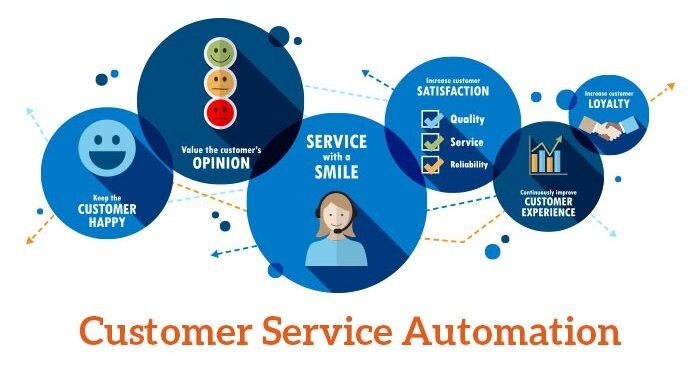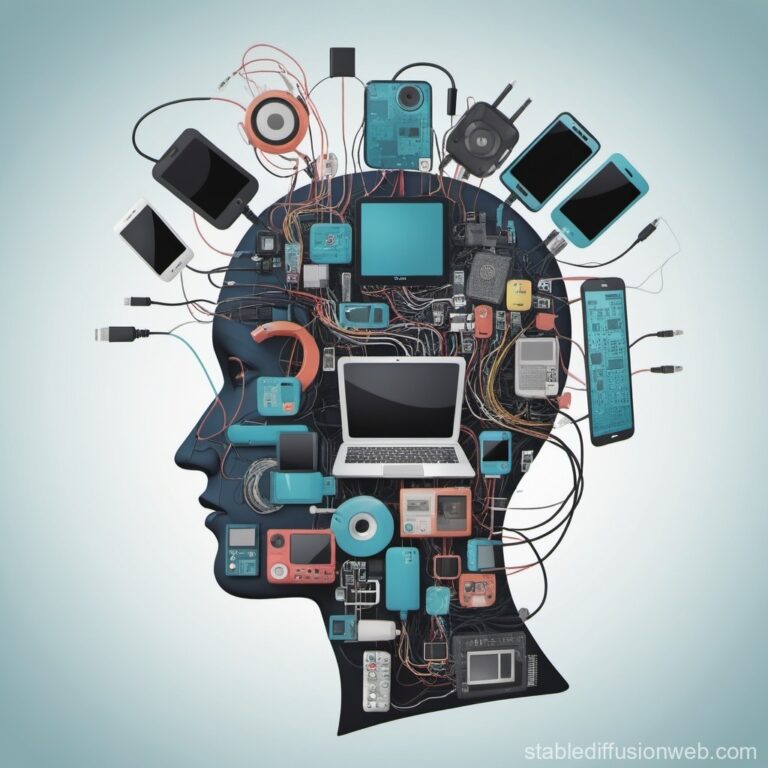Customer service automation uses technology to better how companies interact with customers. It aims to cut costs, increase efficiency, and make customers happier. Here’s a look at the key technologies, benefits, and challenges.

Customer Service Automation: Key technology
Chatbots
– Function: Chatbots use technology to talk with customers through text or voice. They handle simple questions and give quick answers.
– Example: On a shopping site, a chatbot can help track orders, manage returns, and suggest products.
Virtual Assistants
– Function: Virtual assistants handle many tasks at once. They adjust their responses based on what is needed and work with other systems for scheduling and follow-ups.
– Example: A virtual assistant can set up an appointment, answer customer questions, and stay in touch with clients.
Automated Response Systems
– Function: These systems, like IVR, use recorded or AI messages to answer customer questions.
– Example: An IVR system can guide callers through a menu to the right department.
Self-Service Portals
– Function: These portals let customers find answers by themselves using FAQs, knowledge bases, and tutorials. This reduces the need to contact the company.
– Example: A help center allows users to fix problems or send support tickets without speaking to anyone.
AI and Machine Learning
– Function: AI and machine learning analyze customer data. They suggest improvements, predict needs, and make responses more accurate.
– Example: AI systems can check customer feedback, find patterns, and suggest product changes.

Benefits of Customer Service Automation
Increased Efficiency
Automation of Routine Tasks: Handles repetitive tasks, so human agents can focus on complex issues.
– Faster Response Times: Provides quick help, reducing wait times and making customers happier.
Cost Savings
Reduced Labor Costs: Lowers the need for a large customer service team, saving money.
– Scalability: Manages many requests without needing more staff.
24/7 Availability
– Continuous Support: Works all day and night, offering help anytime.
Consistency and Accuracy
Standardized Responses: Provides consistent and accurate information, reducing mistakes.
Enhanced Customer Experience
– Personalization: Uses data to give customized responses and suggestions.
– Self-Service Options: Lets customers solve problems on their own, improving their experience.
Customer Service Automation : Challenges and Considerations
Complex Queries
– Limitations: Automation works best with clear queries. Complex questions might need human help.
Privacy and Security
– Data Protection: Systems must handle customer data securely and follow privacy rules.
Integration
– System Compatibility: Automation needs to work well with existing systems like CRM and ticketing platforms.
Customer Acceptance
– User Preferences: Some customers prefer speaking to a human. Combining automation with personal support can meet different needs.
Continuous Improvement
– Ongoing Training: Systems need regular updates and training to stay accurate based on new data and feedback.
Conclusion:
In summary, customer service automation can make service faster. It saves money and improves customer satisfaction. However, it also faces challenges, like handling complex queries and keeping data secure. Mixing automation with human support can offer the best service.



